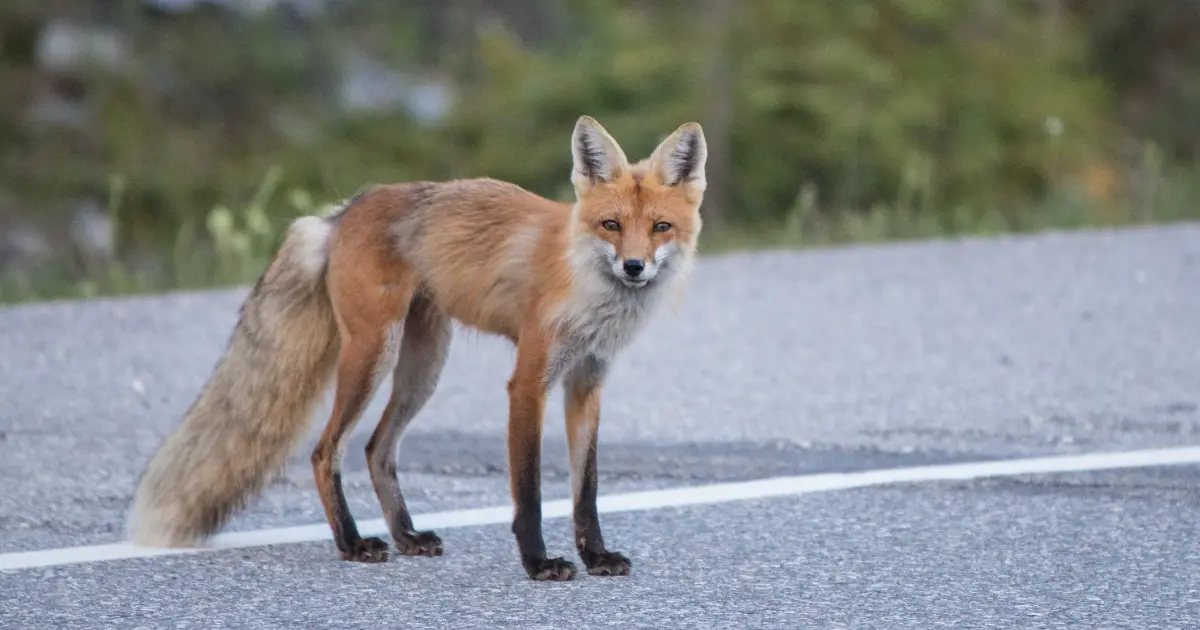
Photo by Matthew James Ferguson / Getty Images
Daylight saving time ends this Sunday (November 6, 2022) at 2 AM, rolling back clocks and providing many Canadians a much-needed extra hour of sleep. But furry companions and local wildlife may be less enthused – because it’s a completely arbitrary change.
Daylight saving time (DST) was introduced in 1918 in Canada to increase production during the war effort. This lapsed following the end of the war but was reintroduced during the second World War (when it was used year-round). According to the Canadian Encyclopedia, official time zones and DST have been regulated by provincial, territorial, and municipal governments since 1987. British Columbia and Ontario have passed popular legislation to make daylight time permanent, but both require bordering provinces (and American states) to pass similar legislation before it becomes active. Saskatchewan, the Yukon, and northern communities do not observe DST.
The alteration to the time of day is a human construct – the environment itself isn’t changing. That means any living being who doesn’t rely on a clock (or smart watch) for time will have no idea why all of humanity suddenly started getting out of bed an hour later. Here’s three ways that DST ending impacts animals, and how you can help make it easier:
- Hunger Clocks. Rumbling stomachs are great timekeepers – particularly for companion animals who are used to a specific schedule. Pets may expect their meals at the same times – and not getting them can cause demand behaviour (i.e. dogs whining or pacing, cats seeing how long you can go without breathing through your nose, etc.). Starting to change the food schedule a few days ahead of time – 15 minutes earlier per day – can help reduce the stress of this change.
- Safety on the roads. Local wildlife may expect the volume of cars on a road, or presence of people, to diminish at a certain time of day due to sunlight. DST means a sudden change to this, and we can expect animals to continue their regular schedules. Go a bit slower on the road, expect to see wildlife, and ensure you’re using visibility safety gear (LED strips or reflective patches on pets and yourself, as an example).
- Safety on the trails. Trails are popular for recreation day-round in communities, which means a sudden change to schedules for humans will leave an impact on the wildlife who also use those trails, or may den near them. Keeping dogs leashed unless in signed off-leash areas, using your voice to alert nearby animals of your presence, and never feeding wildlife will make trails safer for people, pets, and the ecosystem as a whole.
How do you manage seasonal changes with wildlife around your home or pets with whom you share your home? Let us know by comment on our Facebook, Twitter, Instagram, or YouTube channels!
